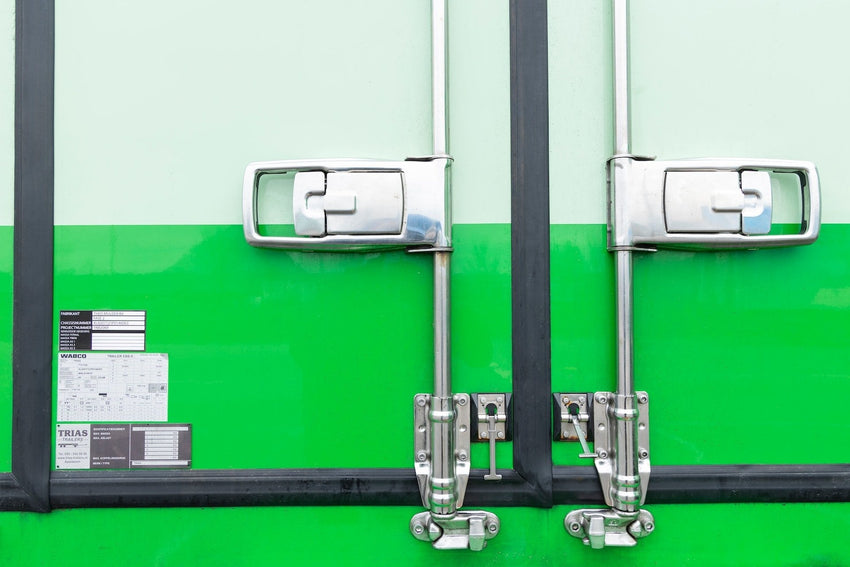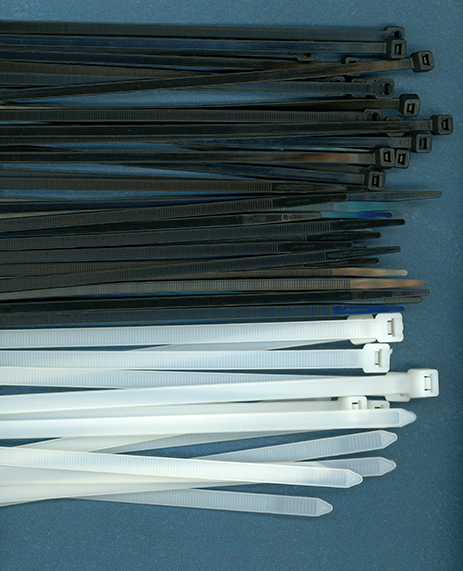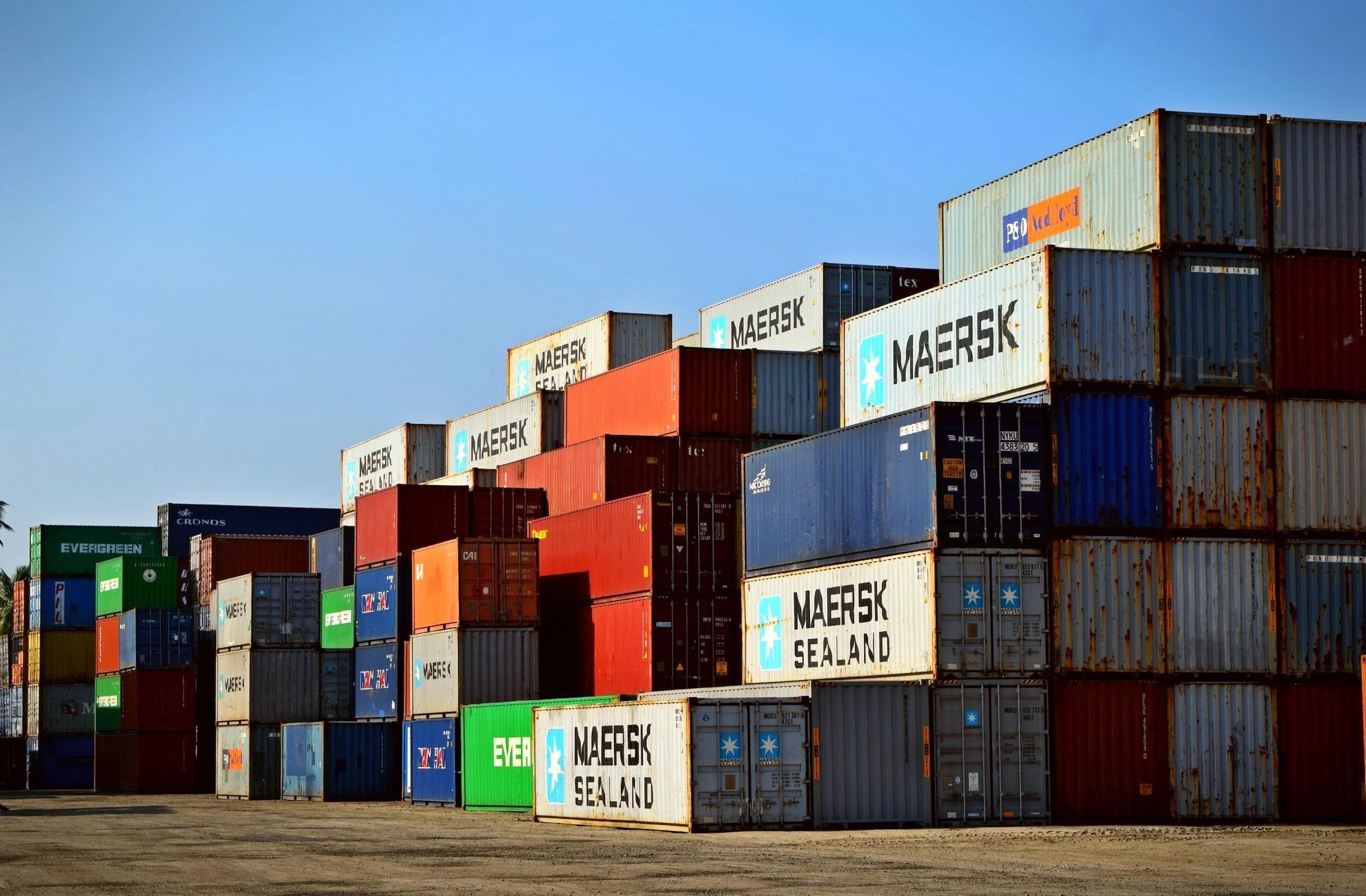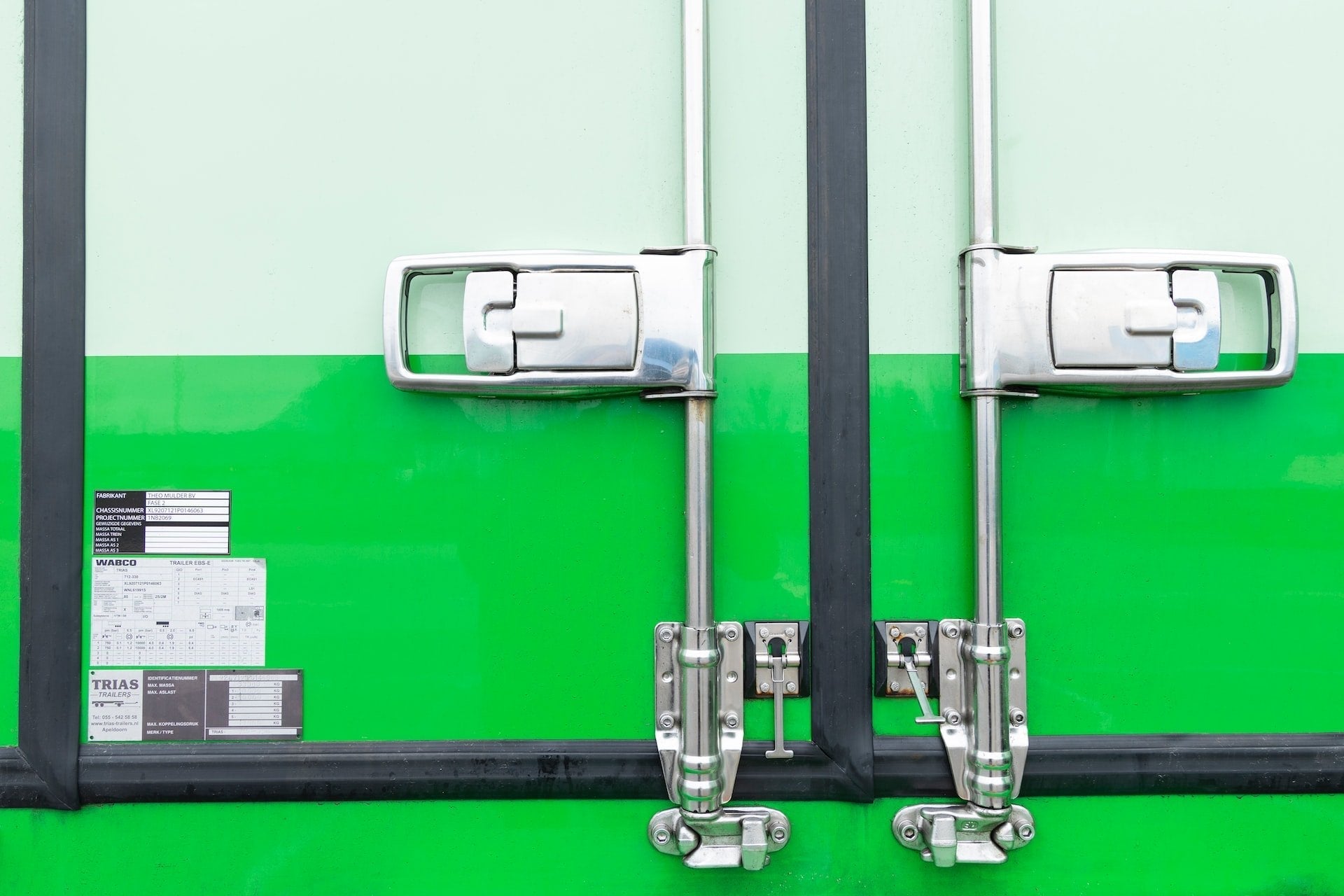Bolt seals are types of security seals that are applied to containers and trucks to ensure cargo isn’t tampered with in transit. Specifically, a bolt seal is a high security truck seal that is designed to be both tamper evident and difficult to open. This double function ensures that when a sender packs and seals a delivery, they know the load wasn’t accessed by anyone without the sender knowing about it. If you’ve ever seen a semi-truck driving down the road with what looks like a brightly colored bolt holding the back door closed, that was a bolt seal.
In this article we’re going to go over:
- How these bolt seals work
- How to use them
- Who should be using them
- What regulations are involved in their use
- Where to get them
How Does a Bolt Seal Work?
Bolt seals are designed to fit through the handle of a container so it is impossible to open the door and access the shipment inside without removing the bolt. Bolt seals are used in shipping and transportation to ensure that the cargo inside the container arrives safely without being tampered with.
The bolt seal for cargo containers is most often used in international shipping because they provide enhanced security and protection. Their use is governed by customs authorities in many countries to prevent unknown items from being introduced without regulatory bodies being aware of it.
How the process works is that the sender of goods will lock a fully packed container with a bolt seal. Each seal will be labeled with a unique serial number for easy recording and tracking. These seals can only be removed with heavy duty tools, and if one is tampered with during transport, it will be obvious to the receiver or customs official. If the correctly numbered seal is still in place when the shipment arrives, the sender is guaranteeing that no one added or removed anything to the container after they packed and sent it.
How Do You Use a Bolt Seal?
The bolt container seal procedure for application is fairly straightforward. These are the steps to apply one:
- Record or confirm the correct serial number for the bolt seal. Since each seal has a unique tracking number, it is important that the correct individual seal is used and recorded.
- Separate the bolt from the cap. Each bolt seal has two parts: the plastic-topped metal bolt portion and the cap. These two parts come connected together by a piece of thin plastic designed to be broken apart by hand before application.
- Insert the bolt through the door latch. Each container style may have a slightly different latch setup, but there will be two metal components with holes that line up when the door is closed designed to place a bolt through.
- Apply the cap. Push the cap onto the metal end of the bolt once it is in place. Caps are designed to be able to be applied easily by hand, but not removed.
Who Is Responsible for Container Seals?
The producer or distributor of the goods is responsible for the bolt container seals. These seals are designed to ensure that the product being shipped arrives without being tampered with since leaving the shipper’s facility. The shipper is the one who needs to provide the bolt seals themselves and track and record the unique serial numbers for each shipment.
There are some trucking or transportation companies that use their own seals or have seals available, but this is not the norm. In this case, the shipper would still need to record and track the serial number for each shipment, even if they do not provide the physical seals.
What Is the Mandatory Seal Approved to be Used on Containers?
There are two main regulatory bodies that govern the usage of container seals.
- CTPAT – US Customs and Border Protection have specific requirements for sealing shipments as a part of their Customs Trade Partnership Against Terrorism (CTPAT). These regulations specify what types of shipments are required to use bolt seals, how they should be applied, and the necessary logging required.
- ISO – The International Organization for Standardization provides guidelines for bolt seals. Specifically, ISO 17712 regards manual seals on freight containers. This “provides a single source of information on mechanical seals which are acceptable for securing freight containers in international commerce.”
Where to Buy Container Seals
ZipTie.com offers a range of high security bolt seals for containers, as well as other varieties of container seals, such as pull tight seals and truck seals.
Our bolt seals are available in both custom and stock varieties, to provide you with the best price and customization options on the market.
Our stock bolt seals:
- Ship quickly, often same day
- Have highly visible hot stamped lettering
- Are a better value when shopping for smaller quantities
- Are Ziptie.com branded as opposed to customized
Our custom bolt seals:
- A custom name can be added to the seal
- Include a barcode
- Are laser etched for clarity
- Are a better value when shopping for higher quantities
Visit Ziptie.com today to view all of our security seal options.




